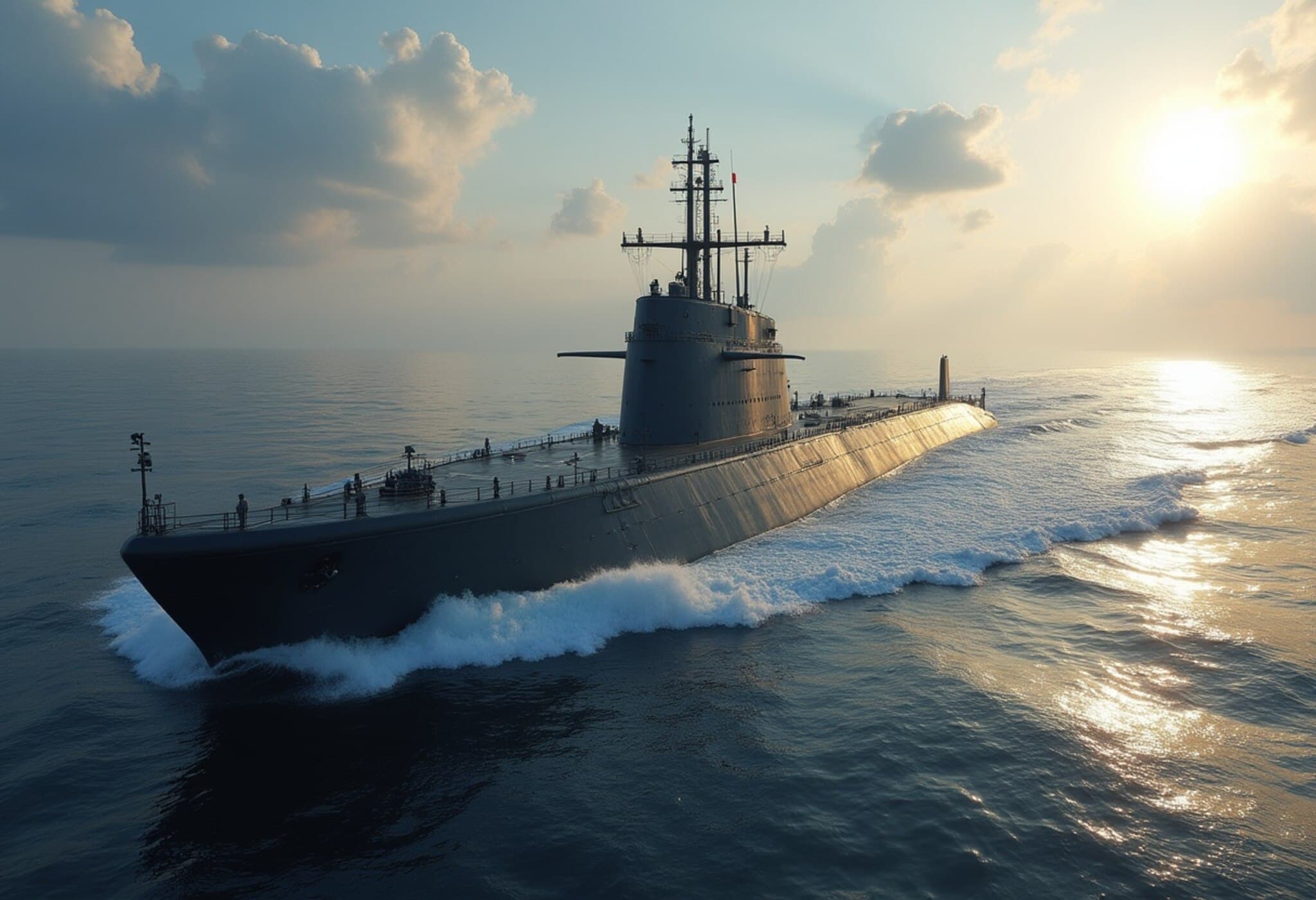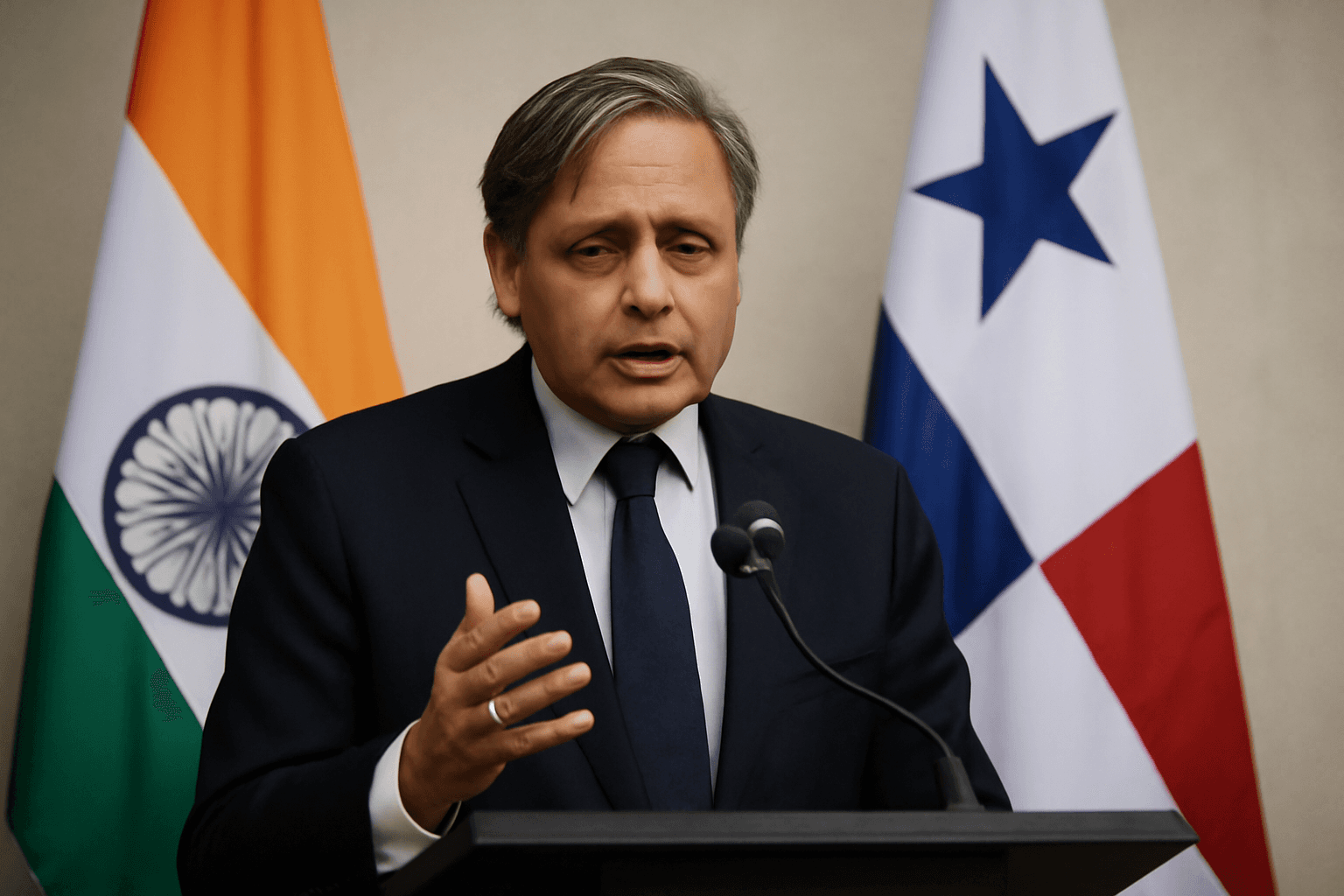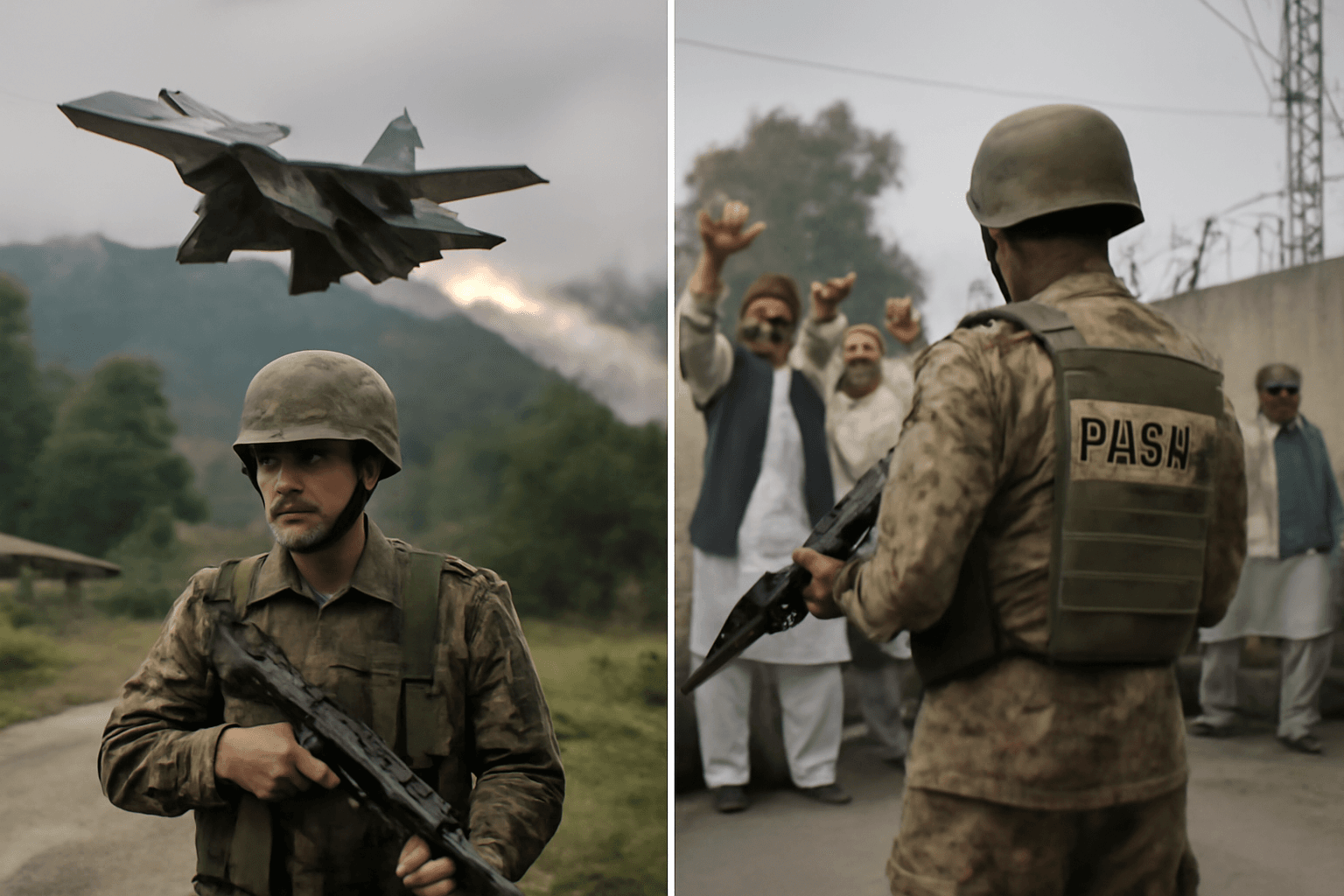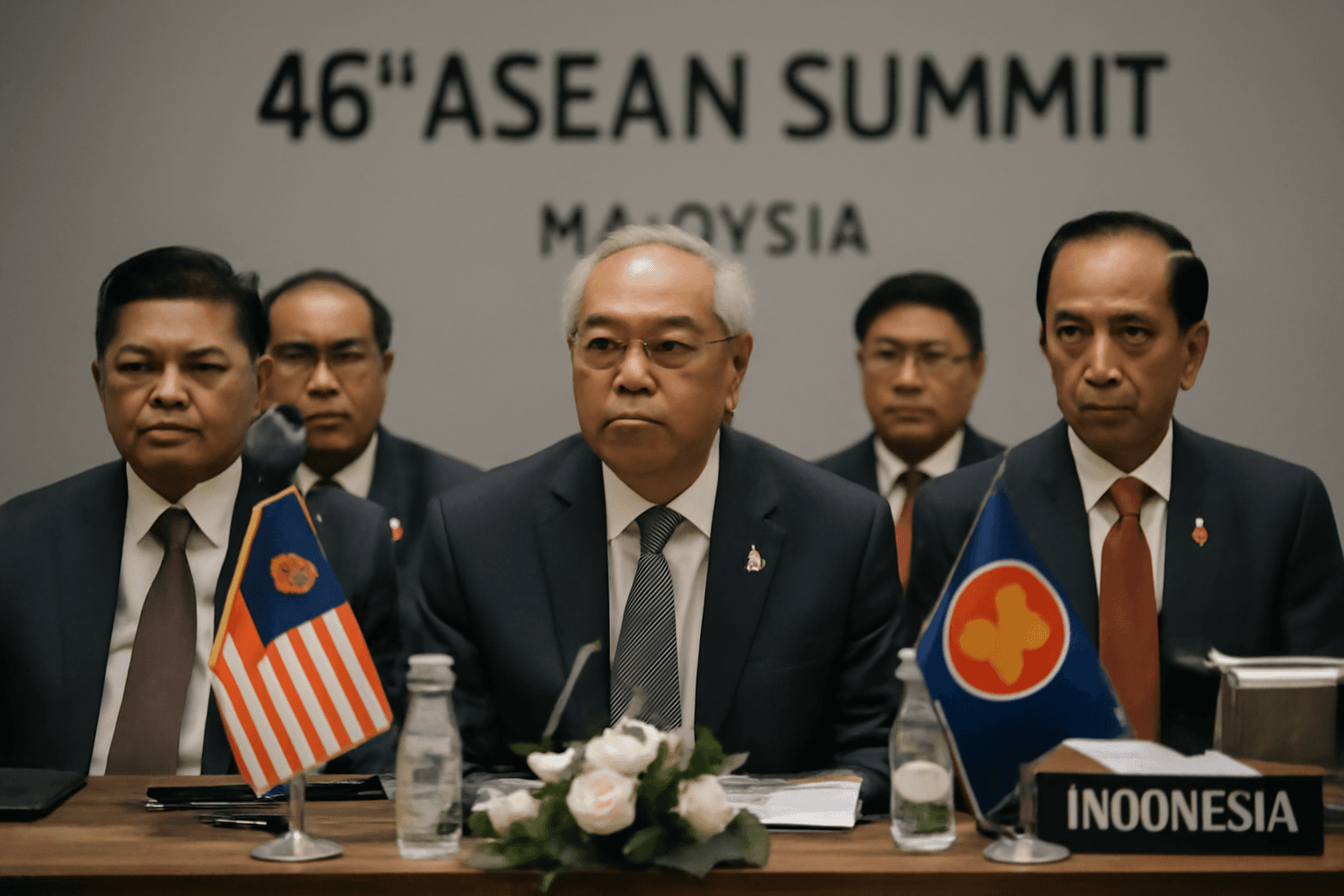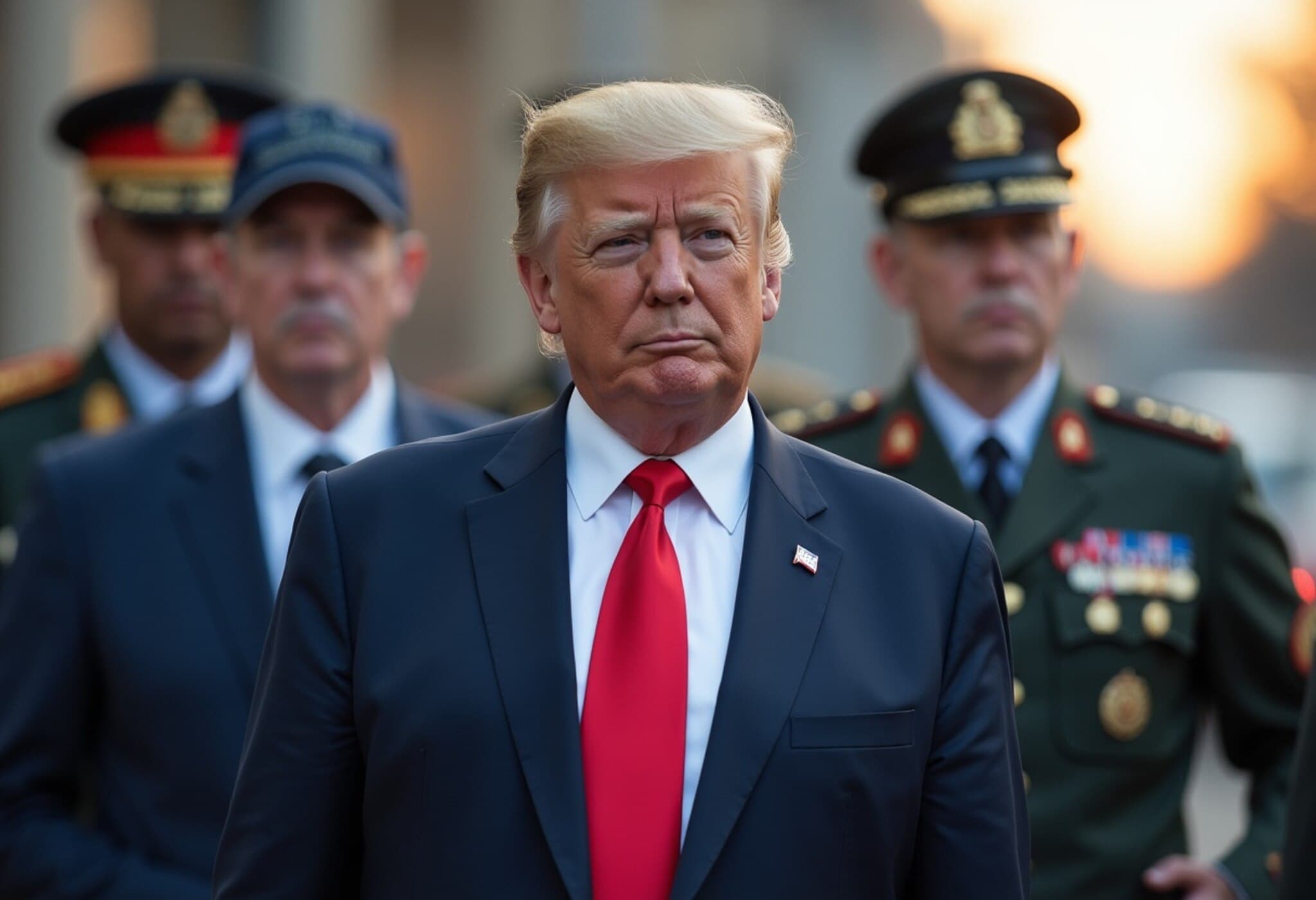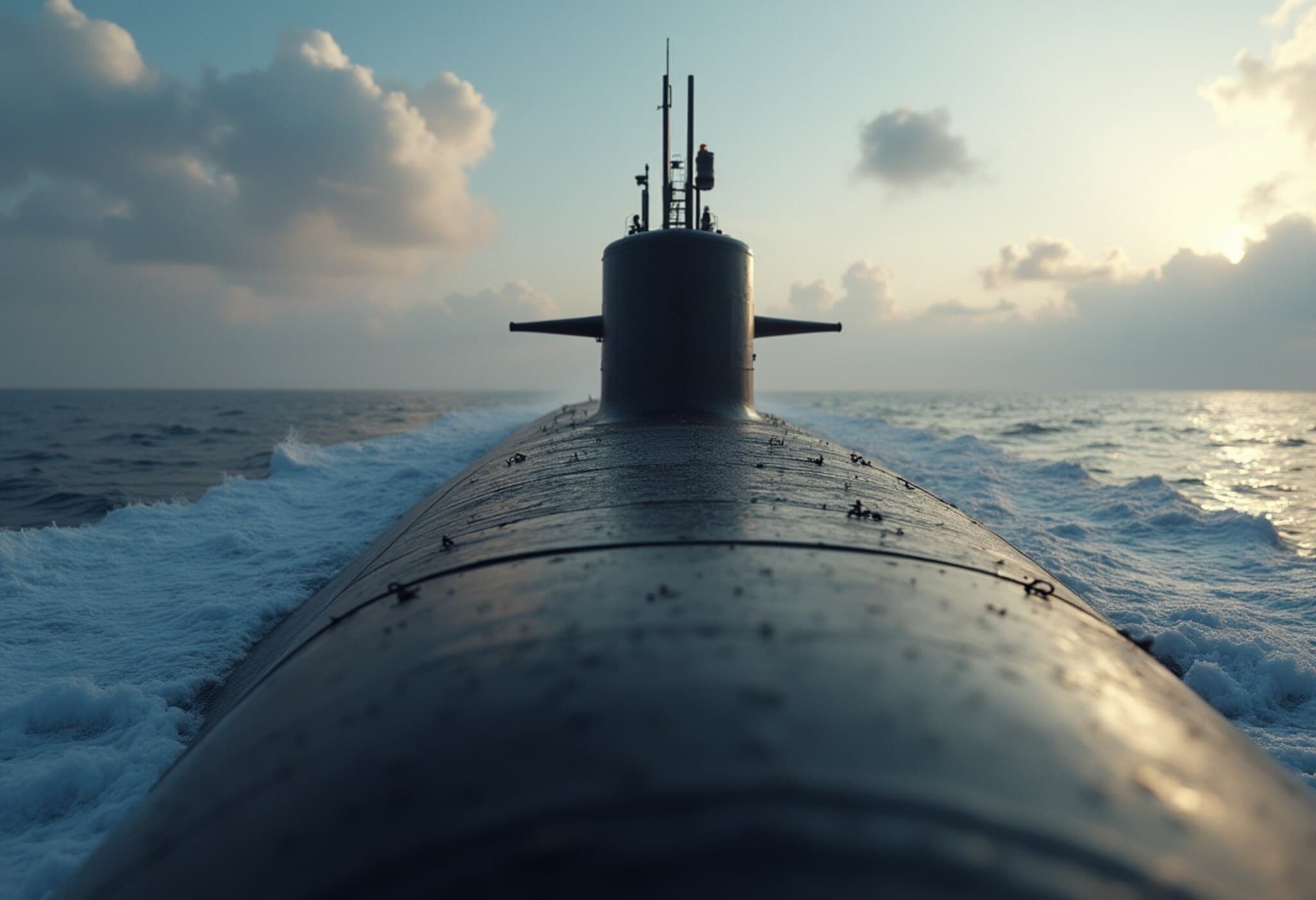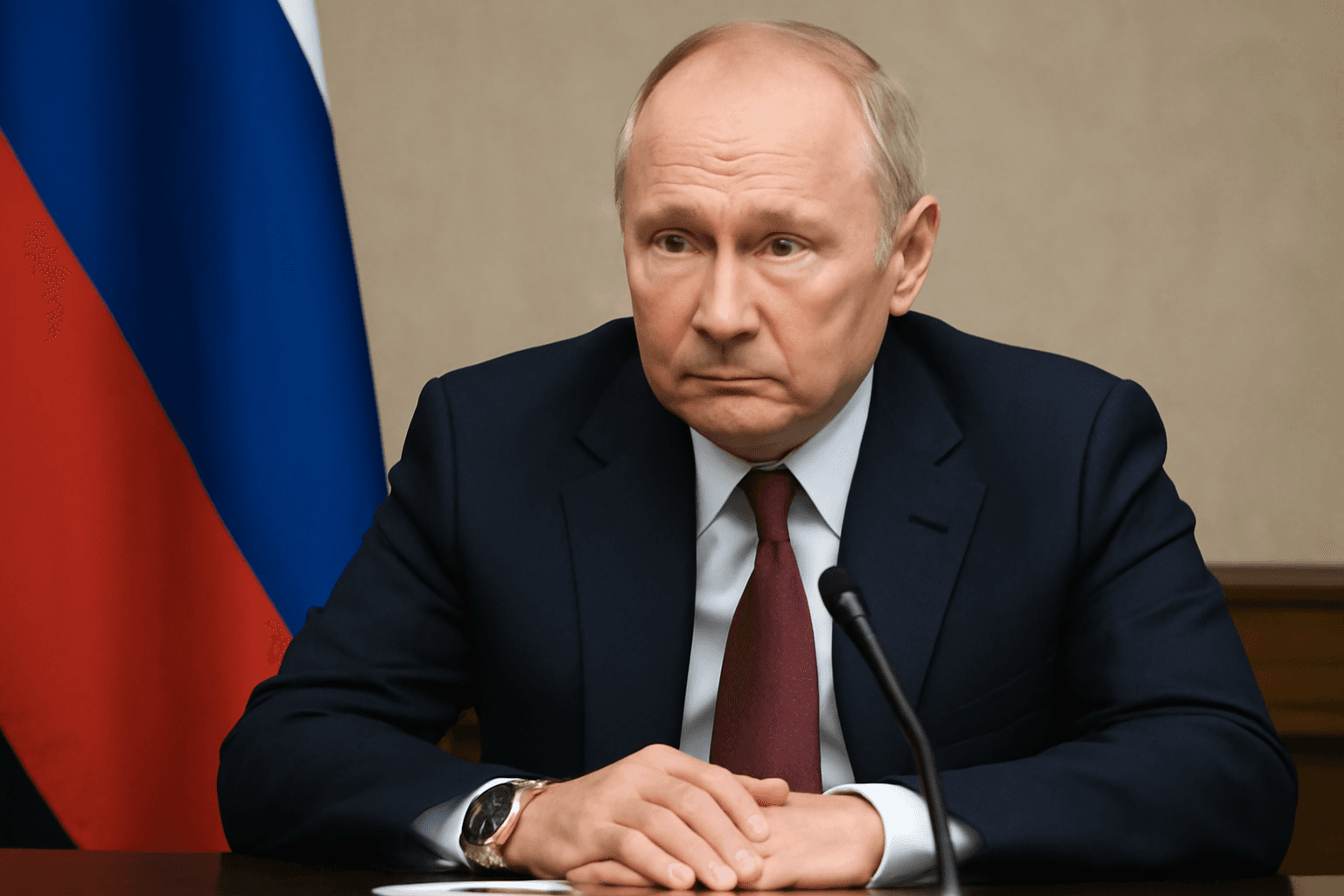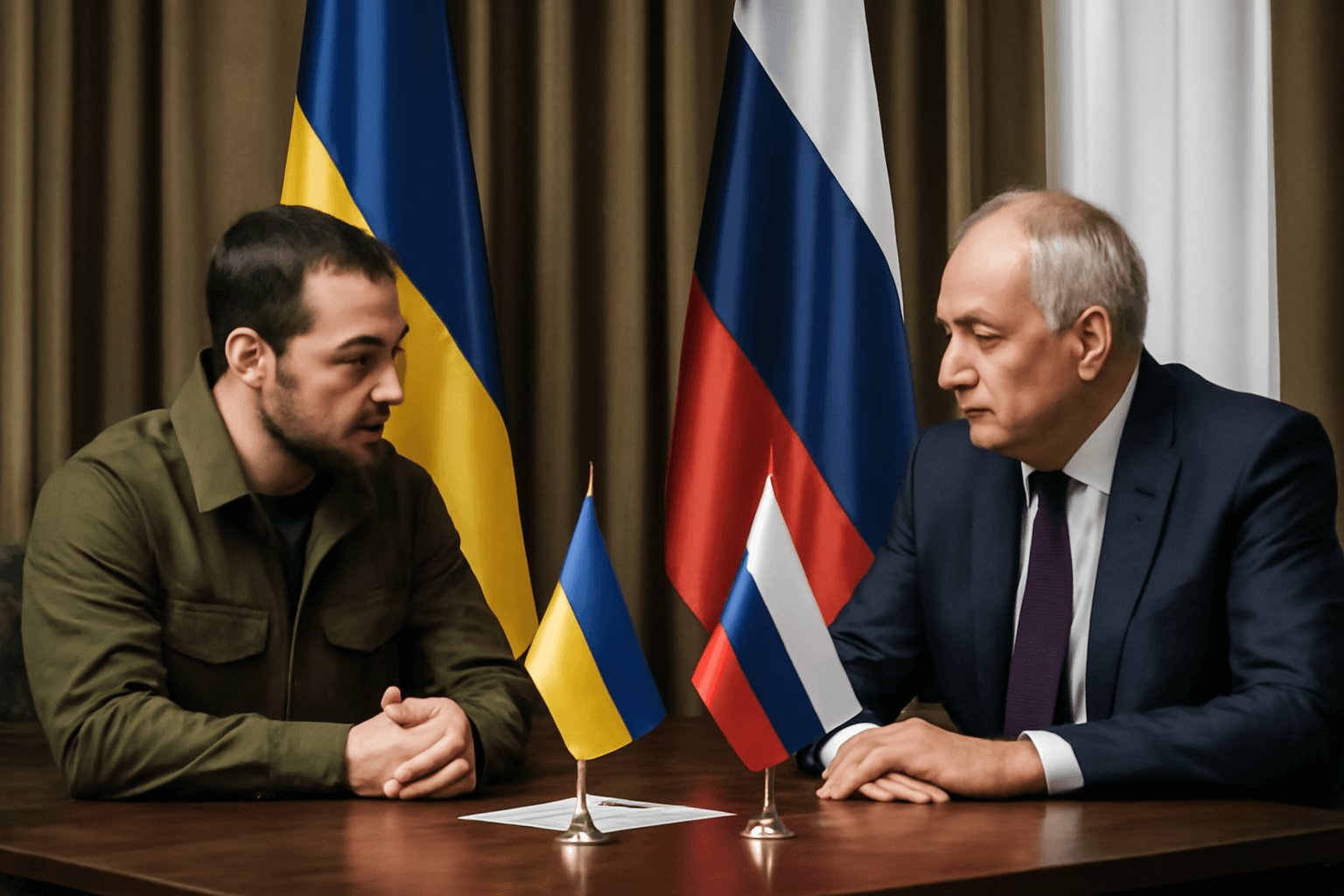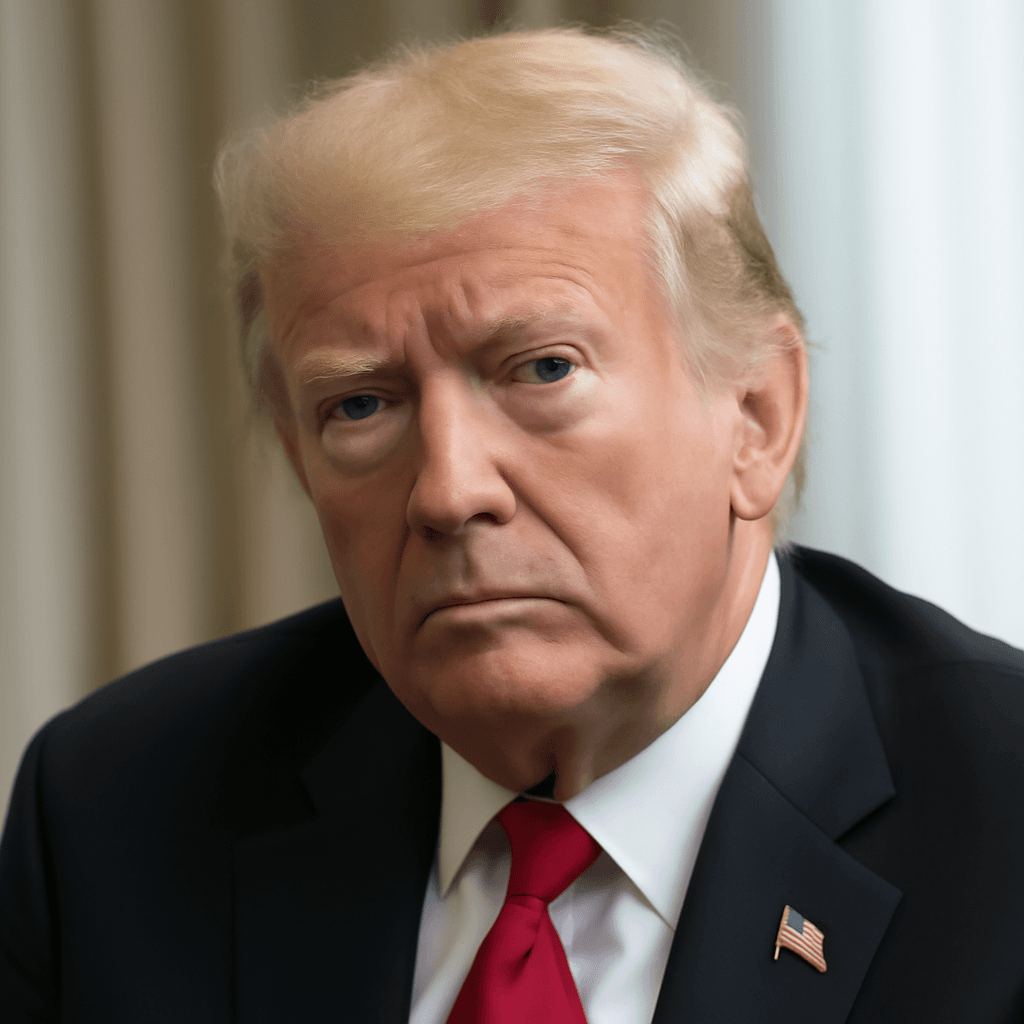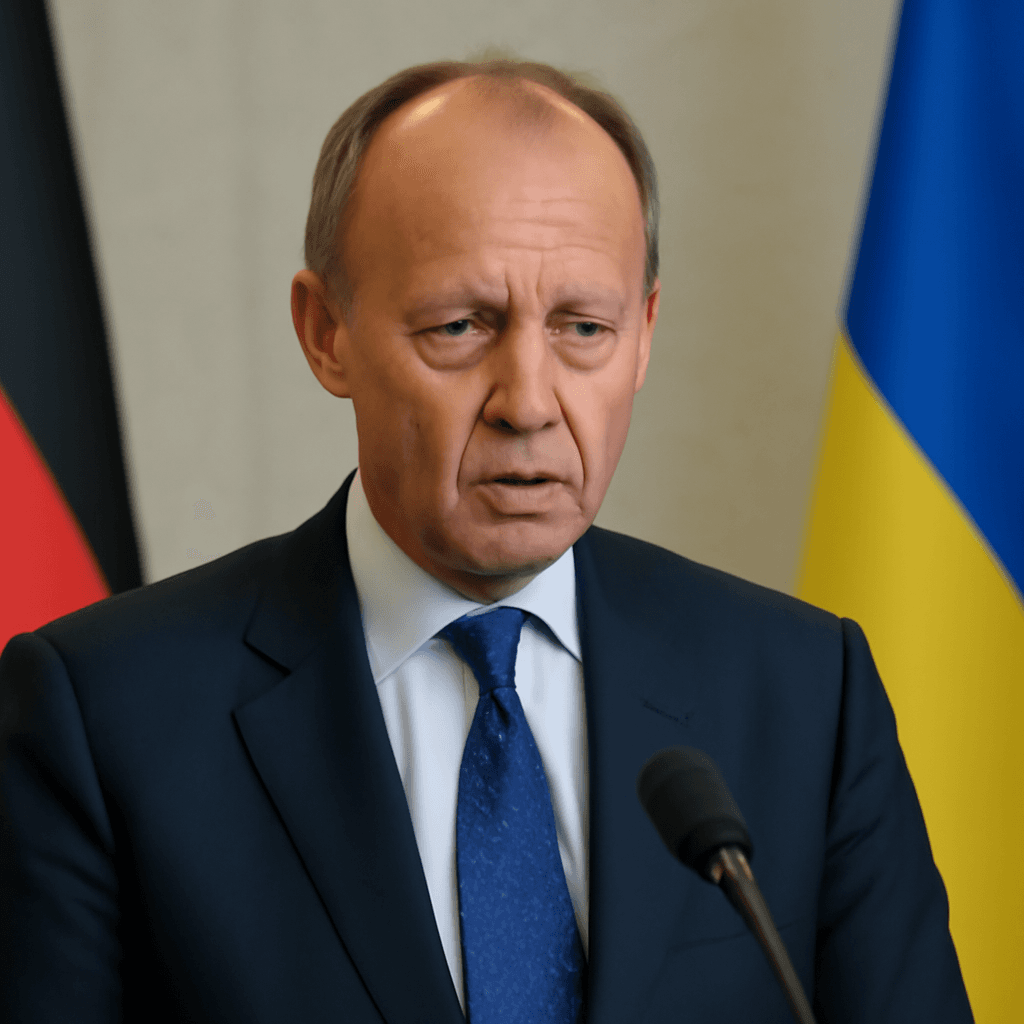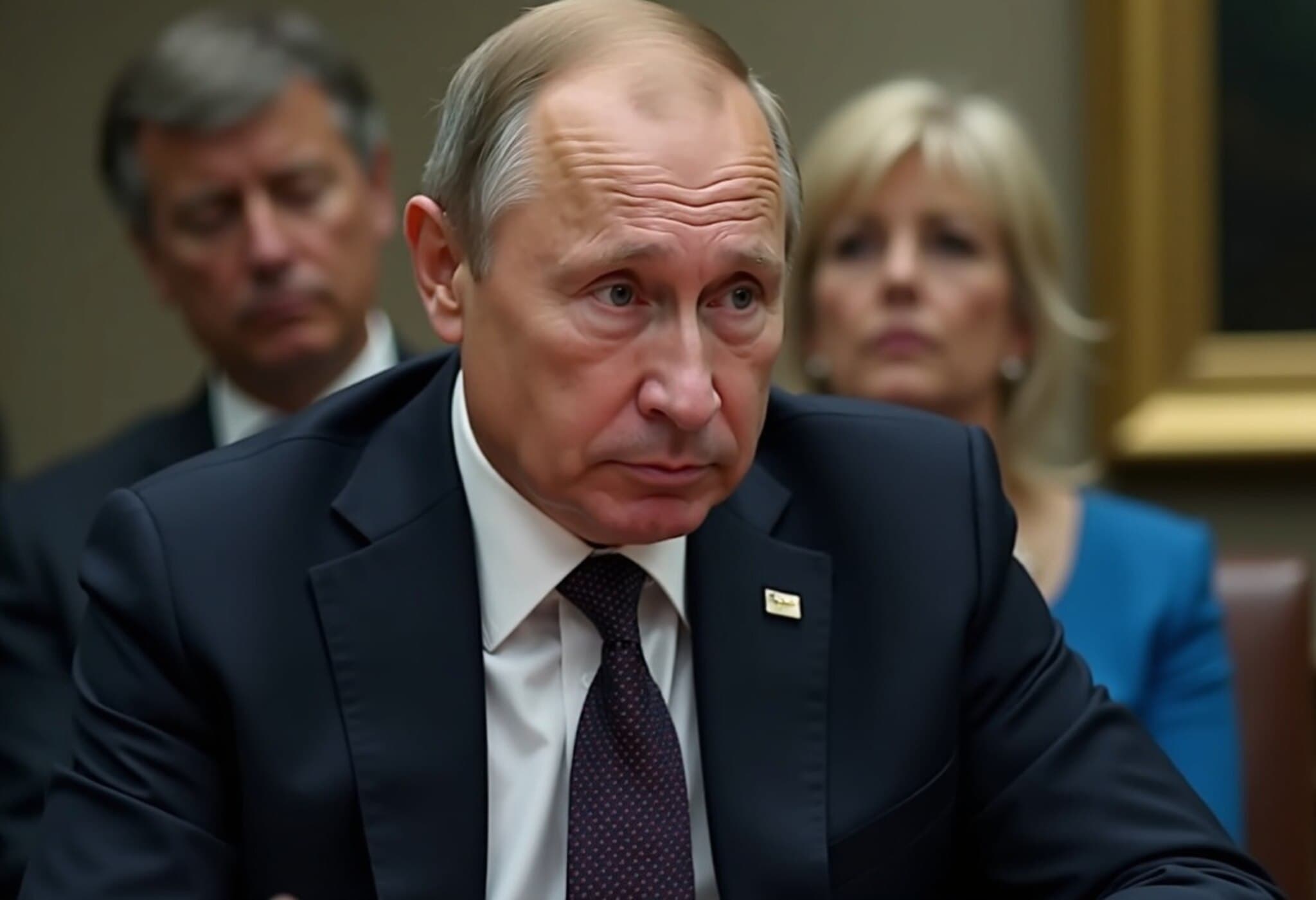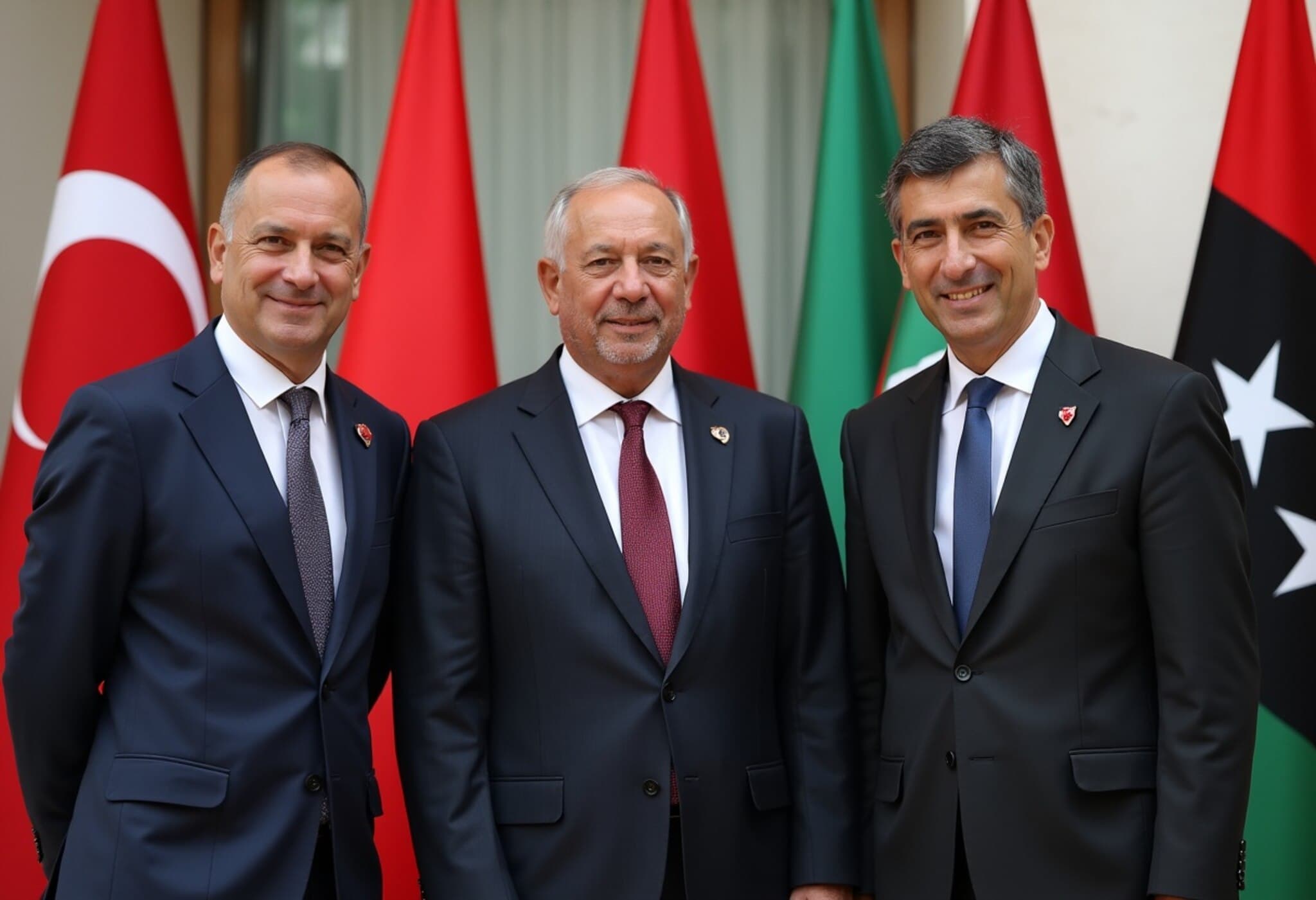Trump Orders Strategic Nuclear Submarine Deployment Following Russian Warnings
In a bold military move reflecting escalating tensions between the United States and Russia, former President Donald Trump announced on Friday that he has ordered two nuclear submarines to be strategically positioned in key regions. This action directly responds to pointed warnings issued earlier this week by Dmitry Medvedev, Russia's Deputy Chairman of the Security Council and former president, highlighting the fraught dynamics surrounding the ongoing Russia-Ukraine conflict.
Backdrop: Medvedev's Ultimatum and Trump's Response
On Monday, Medvedev delivered a stark message via social media, condemning Trump’s repeated ultimatums aimed at pressuring Russia to cease its military actions in Ukraine. Medvedev asserted that these ultimatums represent more than mere diplomatic pressure — they are "a threat and a step towards war," cautioning that such provocations risk igniting a conflict not just between Russia and Ukraine, but potentially between Russia and the United States itself.
Trump earlier in the week had tightened his deadline for Russian President Vladimir Putin from 50 days to just 10 to reach a resolution with Ukraine, threatening "secondary tariffs" targeting Russia’s trade partners as leverage. The rhetoric and counter-rhetoric have fueled apprehensions of a dangerous escalation in an already volatile geopolitical landscape.
Strategic Implications of the Submarine Deployment
In his Truth Social post on Friday, Trump emphasized the seriousness of Medvedev's statements by ordering the submarine positioning “just in case these foolish and inflammatory statements are more than just that.” He underscored the power of words to "lead to unintended consequences" and expressed hope that tensions would not spiral further. This tactical deployment suggests a U.S. posture calibrated to deter Russian aggression through a display of naval readiness, particularly leveraging the stealth and deterrence capabilities of nuclear submarines.
Analyzing the Escalation: The Role of Nuclear Deterrence and Diplomacy
Experts highlight that nuclear submarine deployment in response to diplomatic provocations is a high-stakes maneuver underscoring the precarious balance of power. The move could be interpreted both as a deterrent signal and as a visible reminder of the grave consequences of war between nuclear-armed states.
Medvedev has further fanned the flames with comments comparing Russia’s resilience to other nations and mocking U.S. alliances, notably disparaging Russia's trading partners like India. His reference to the "Dead Hand"—the Soviet-era nuclear launch system designed to ensure retaliation even if command centers are destroyed—adds a chilling layer of nuclear brinkmanship to the dialogue.
Underreported Dimensions and Broader Policy Implications
- Domestic Political Context: Trump's assertive stance may reflect efforts to shape public and political narratives around national security and international dominance.
- Economic Tensions: Sanctions and tariffs, together with verbal threats, risk disrupting global supply chains and international trade relations.
- Diplomatic Channels: This confrontation raises critical questions about the effectiveness of existing diplomatic mechanisms to de-escalate conflicts involving nuclear powers.
Conclusion
This latest exchange between Trump and Medvedev punctuates a dangerous back-and-forth that merges political brinkmanship with military preparedness. The deployment of nuclear submarines in such a charged context not only raises the stakes in the Russia-Ukraine war but also underscores the fragile nature of global security in an era of renewed great-power rivalry.
As geopolitical tensions escalate, the deployment of nuclear assets raises urgent questions about the paths to peace and security. Readers are encouraged to consider how nuclear deterrence strategies interact with diplomatic efforts, and the ways in which economic sanctions intertwine with military posturing. What long-term impacts might this volatile mix have on global stability? How should policymakers balance firmness with dialogue? These questions remain key as the situation unfolds.

